- Solar advice hub
- Planning-permission
- DNO solar applications: the expert guide
DNO solar applications: the expert guide
Here's how the G99 application works, why it exists, how long the process usually takes, and how to get one approved.
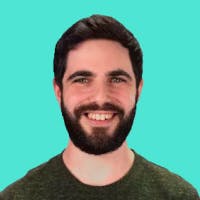

Why you can trust our content
We know that the solar industry is full of misinformation, but we only use reliable sources, including:
- Our experienced solar experts, installers and system designers
- Our own database of solar & battery system designs
- Authoritative bodies like MCS and the UK government



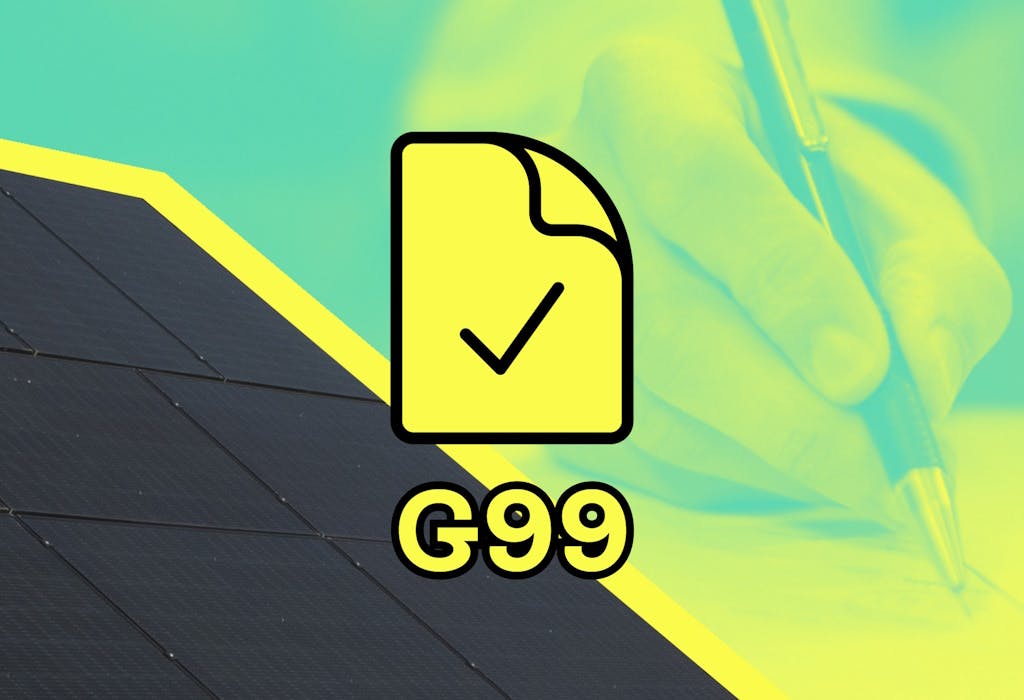
At a glance
There’s a lot of jargon and bureaucracy involved with getting solar panels, which isn’t what you want when you’re investing in your home and future.
Fortunately, G99 applications are easy enough to understand, and are usually successful.
In this guide, we’ll explain what the G99 application is, why it exists, how long it usually takes, and what you should do when it’s approved or – in the minority of cases – rejected.
If you’re interested in how much you could save with a solar & battery system, enter a few details below, and we’ll generate an estimate.
What is a G99 application?
If your solar panel system’s inverter has a maximum capacity over 3.68kW, your installer will send a G99 application to your region’s Distribution Network Operator (DNO) – that is, the organisation that runs the hardware supplying your area of the UK with electricity.
A successful G99 application will allow you to use your inverter to a higher capacity than 3.68kW.
Your DNO requires a G99 application so it can prepare its grid for the relatively large amount of electricity you’ll be exporting.
Fortunately, most homes getting solar panels won’t need to submit a G99 application.
If your inverter’s maximum capacity is under 3.68kW per phase, you can move ahead with the installation, then send a completed G98 form to your DNO within 28 days of the system being commissioned.
Installations that qualify for a G98 form – which make up the majority of systems – are often known as 'connect and notify' systems.
If you have three-phase electricity, the upper limit on your inverter’s maximum capacity is 11.04kW without a G99 certificate.
Why is a G99 application important?
You need a successful G99 application to get the most out of your solar panel system, as without DNO permission for larger inverters, you won't be able to export your excess electricity to the grid for profit.
Only after your G99 has been approved can you or your supplier ask the local DNO for an export MPAN (Meter Point Administration Number) – a 13-digit number that’s unique to your electricity meter.
And you need an export MPAN to sign up to an export tariff, which can earn the average household with a 5.2kWp system and a solar battery hundreds of pounds per year.
Households with an inverter that's smaller than 3.68kW still need an export MPAN to sign up for a solar export tariff, so their 'connect & notify' application is still important.

The UK's first solar subscription
- No upfront cost
- Fixed monthly fee
- 20-year Sunsave Guarantee
What is the G99 application process?
Fortunately, most solar installers will take care of the G99 application process for you.
First, they’ll install your solar panel system, while taking care to limit your inverter to 3.68kW. Your installer is the only one who can place or remove a limit on your inverter, and they can do this remotely.
Then they’ll fill in the G99 – a five-part form that asks for details of your proposed system, including its location, operational information, and export requirements, as well as data on the solar panels, inverter, and battery.
In certain cases, your installer may decide to send in a Small Generation Installations (SGI) application, which can fast-track this entire process.
There are three SGI forms, each of which apply to different situations.
Depending on which form they’re submitting, your installer may send in an SGI application before or after they commission your system – that is, install it, turn it on, and run all the necessary system tests to check it’s working properly.
If your system is larger than most – think 18-20 panels or more – your installer will typically send in a G99 application without fast-tracking it, as SGI forms don’t generally work for installations of this size.
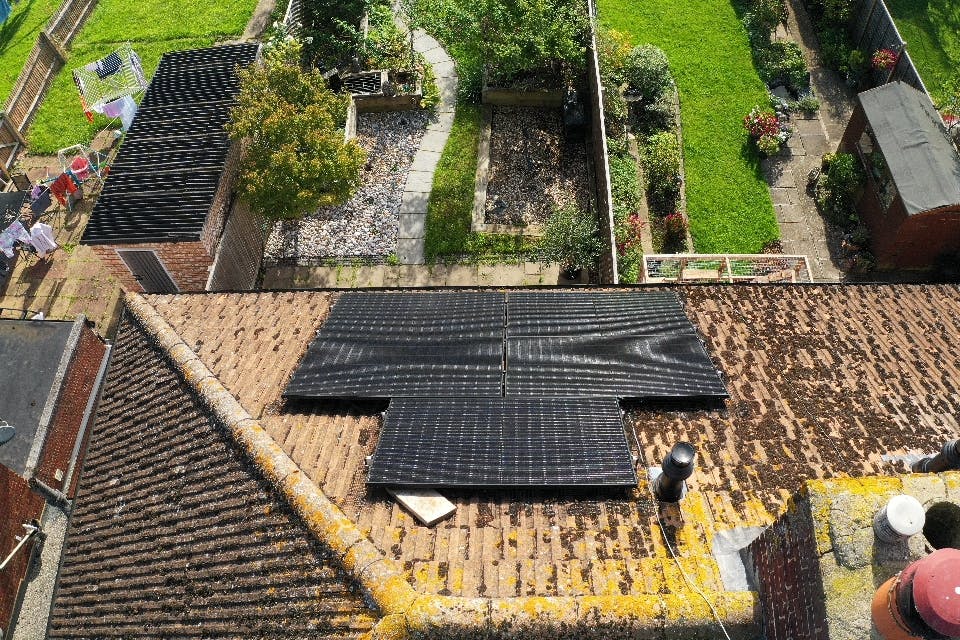
How long does a G99 application take?
If your G99 application hasn’t been fast-tracked, the DNO will usually take four to eight weeks to approve it.
Depending on the size of your inverter, how many panels your system will have, and your DNO, your installer may be able to fast-track your application with an SGI form.
In that case, the DNO will typically get back to you within two weeks.
Most applications are approved – but if your DNO responds by withholding approval until you’ve either changed your system or funded upgrades to the grid, the process can take longer.
In some situations, a DNO will take eight to 12 weeks to reply to a G99 application, in which case using an SGI form to fast-track it can reduce the waiting period to between four and eight weeks.
How much does a G99 application cost?
A G99 application is free to submit, but your installer may charge you an administration fee.
Considering the complexity of the five-part form and the money you’ll save from being able to push your inverter to its maximum capacity, it’s usually worth the cost.
There’s also a small chance that your DNO will hold off from approving the application until you pay extra charges to improve the local grid, so it can cope with your electricity exports.
These costs can total hundreds or even thousands of pounds – but they’re rarely requested.
If you would like to see the savings you could get from a solar & battery system, just answer a few quick questions below, and we’ll provide an estimate.
What happens if your G99 application is approved?
If your G99 application is approved – as they usually are – your installer will be able to remotely remove the 3.68kW per phase limit on your inverter straight away.
Your DNO will send you a certificate to confirm your application was successful, which will ideally come with your export MPAN.
If the export MPAN isn’t included, you or your export tariff supplier should request one, as you’ll need it to start earning income for exporting your excess electricity to the grid.
What happens if your G99 gets rejected?
Outright G99 rejections are relatively rare.
Even when an application isn’t accepted straight away, your DNO will usually give you some paths to getting it approved.
You may be asked to fund some grid improvements, limit your inverter to 3.68kW for the foreseeable future, or upgrade to a three-phase electricity system to get your G99 certificate.
Here are the main options you have if your G99 gets rejected:
- Pay the DNO for grid upgrades
- Limit your inverter at 3.68kW
- Don’t connect to the grid
- Apply for a G99 again at a later date
1. Pay the DNO for grid upgrades
Your DNO may ask you to fund grid upgrades that will make it possible for you to use your inverter’s full capacity and export all your excess electricity.
This request can be for hundreds or thousands of pounds, and the decision is ultimately up to you.
However, it’s useful to weigh the amount your DNO has asked for against how much money you could earn from exporting your excess electricity, bearing in mind that a home on one of the best export tariffs can make hundreds of pounds per year.
2. Limit your inverter at 3.68kW
This isn’t the ideal outcome, as it’ll restrict the amount of electricity you can export to the grid.
However, there is a solution: you can get a bigger battery, which allows you to use this extra electricity in your home.
So instead of earning money by exporting electricity to the grid, you can save money by using it at home.
And if your inverter’s maximum capacity isn’t much higher than 3.68kW, this may not be much of an issue for you in the first place.
3. Don’t connect to the grid
Rather than limiting your inverter, you can simply opt out of connecting to the grid entirely.
This means you’ll miss out on export payments, which can net the average household hundreds of pounds per year.
But once again, you could potentially solve this problem by purchasing a larger battery that allows you to use as much of the electricity your panels produce as possible.
4. Apply for a G99 again at a later date
The electricity grid is expanding and improving to meet a future in which many of the country’s activities – particularly heating and transport – will run on electricity.
So you may want to decide against funding local improvements yourself, and instead play the waiting game.
Chances are, the grid will eventually be upgraded to the point where your solar panel system can export as much electricity as it can without any issues, which will allow you to get a G99 application approved.
It’s just hard to know exactly when that’ll be.
Summary
A G99 application is the only way that many households can send all their excess electricity to the grid, which can earn them hundreds of pounds per year on an export tariff.
Your installer should fill in the entire form, and fast-track the process if that’s possible.
Most applications are approved, but the best way to ensure you get your G99 certificate is to hire a company with the relevant expertise, abilities, and accreditations – like Sunsave.
If you’re wondering how much a solar & battery system could save you, just answer a few questions below, and we’ll provide you with an estimate.
G99 application: FAQs
Related articles
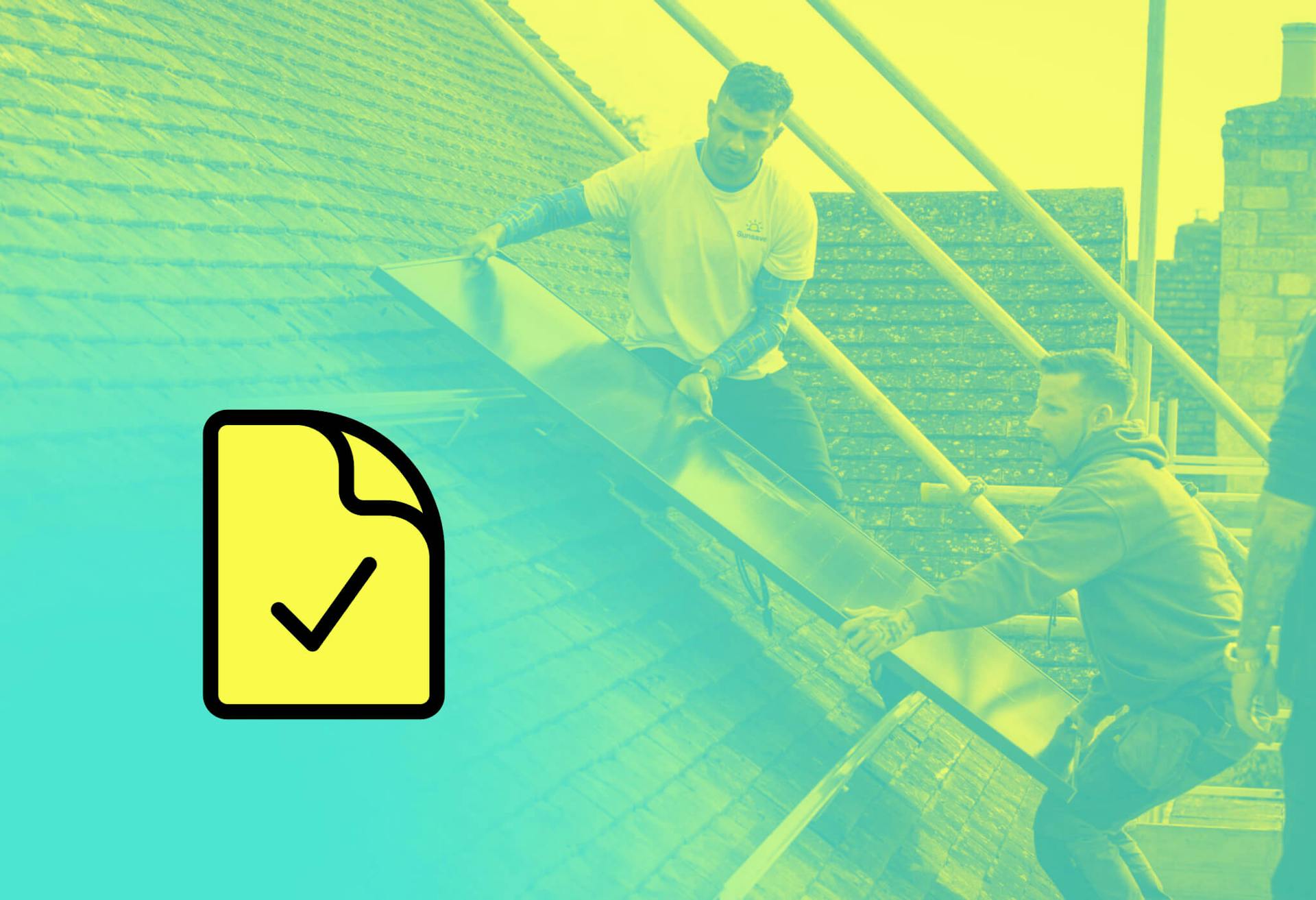
Planning permission for solar panels: an expert guide
Read full story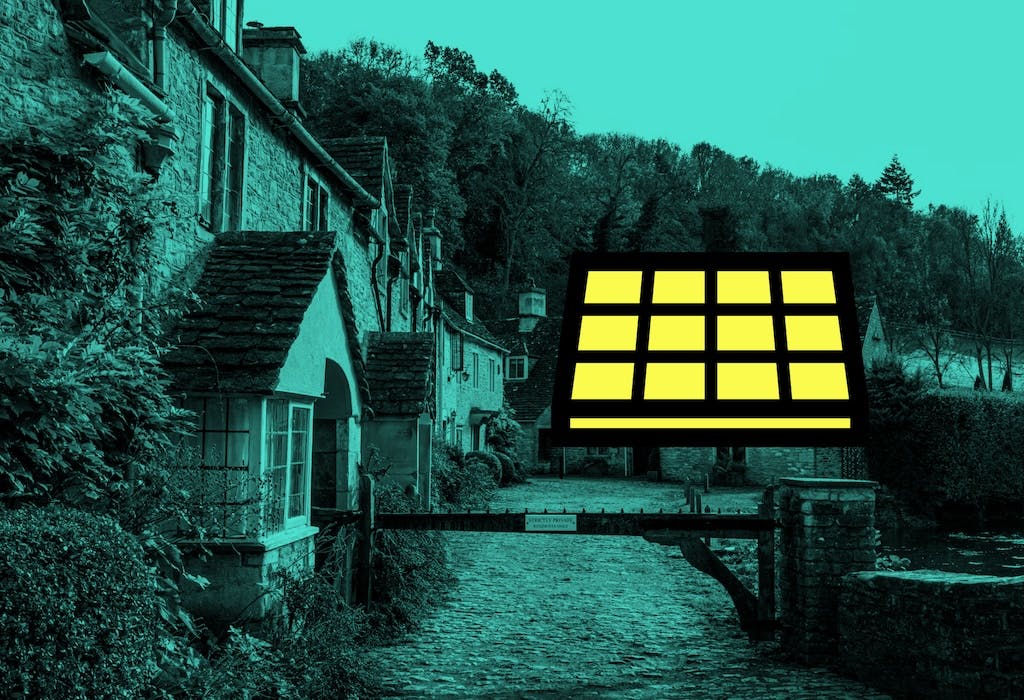
Solar panels in conservation areas: the expert guide
Read full story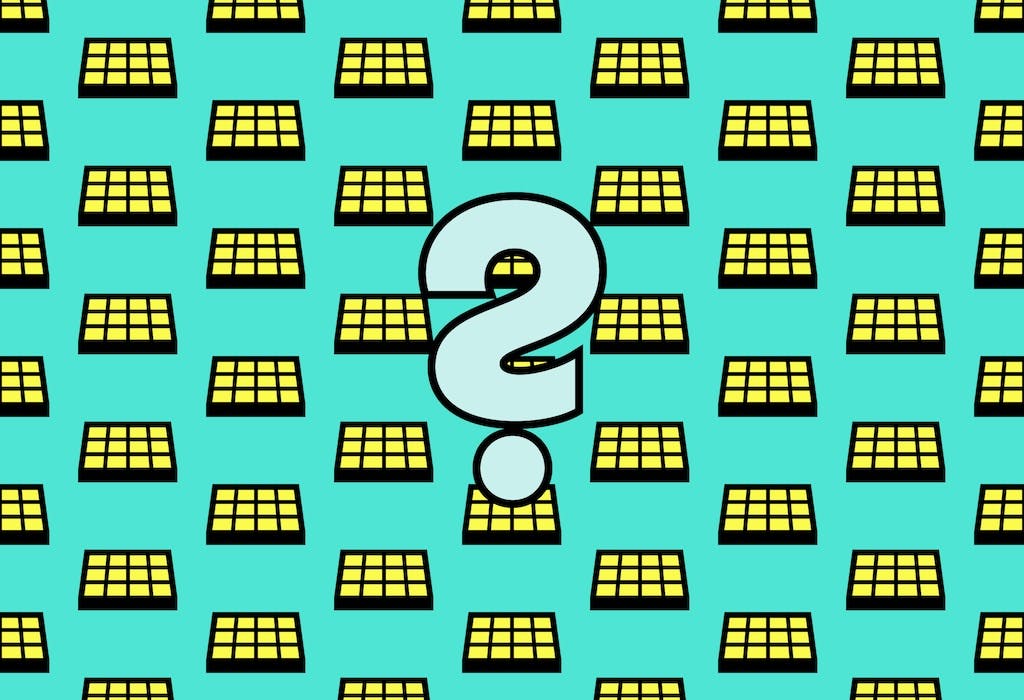
Is there a maximum number of solar panels allowed in the UK?
Read full story
Building regulations for solar panels: explained
Read full story
Written byJosh Jackman
Josh has written about the rapid rise of home solar for the past six years. His data-driven work has been featured in United Nations and World Health Organisation documents, as well as publications including The Eco Experts, Financial Times, The Independent, The Telegraph, The Times, and The Sun. Josh has also been interviewed as a renewables expert on BBC One’s Rip-Off Britain, ITV1’s Tonight show, and BBC Radio 4 and 5.